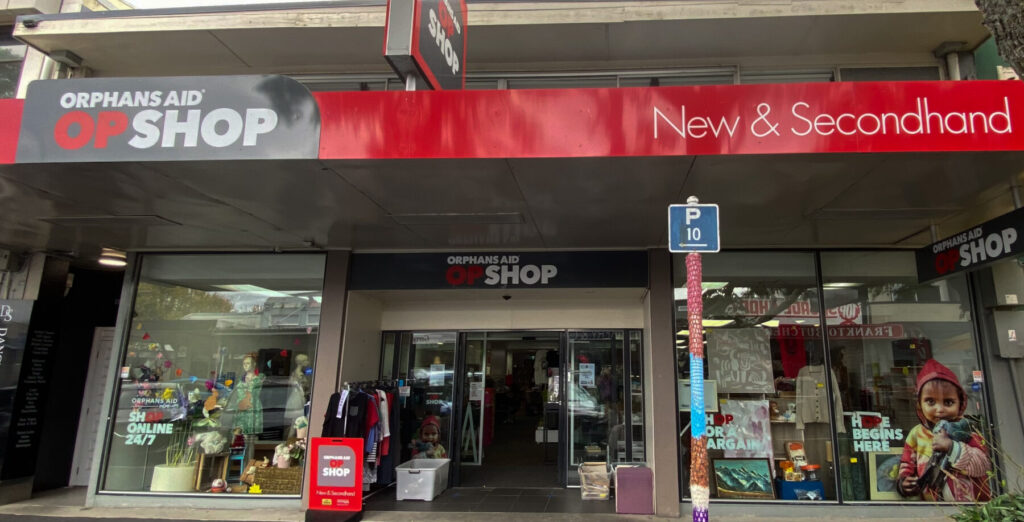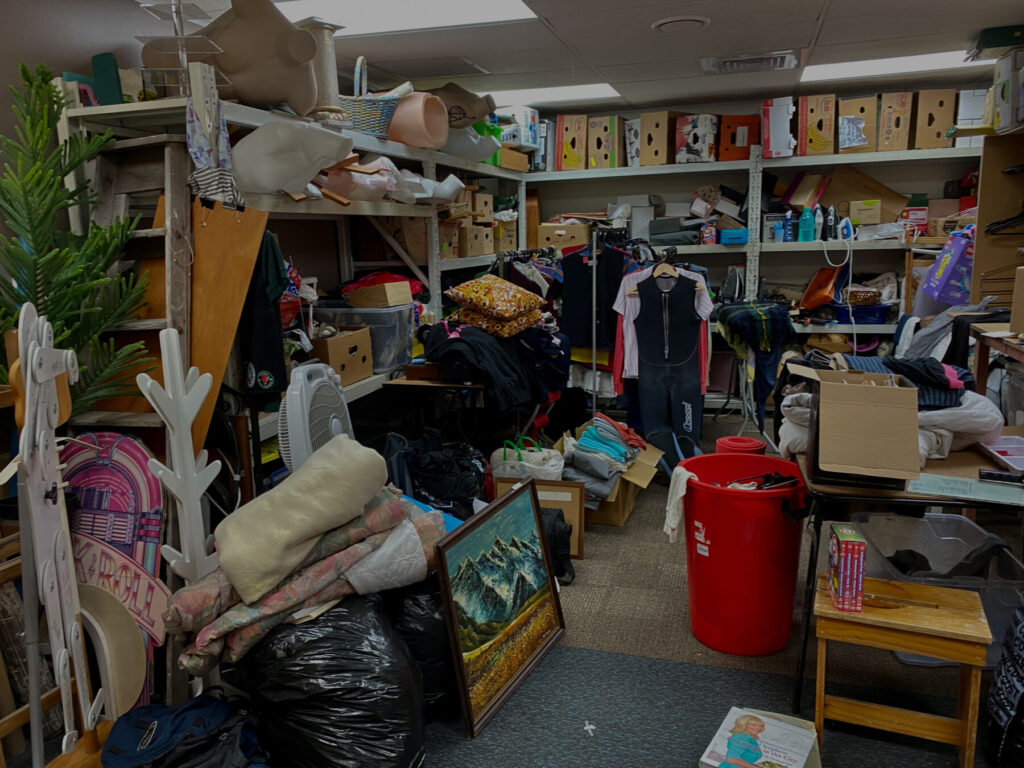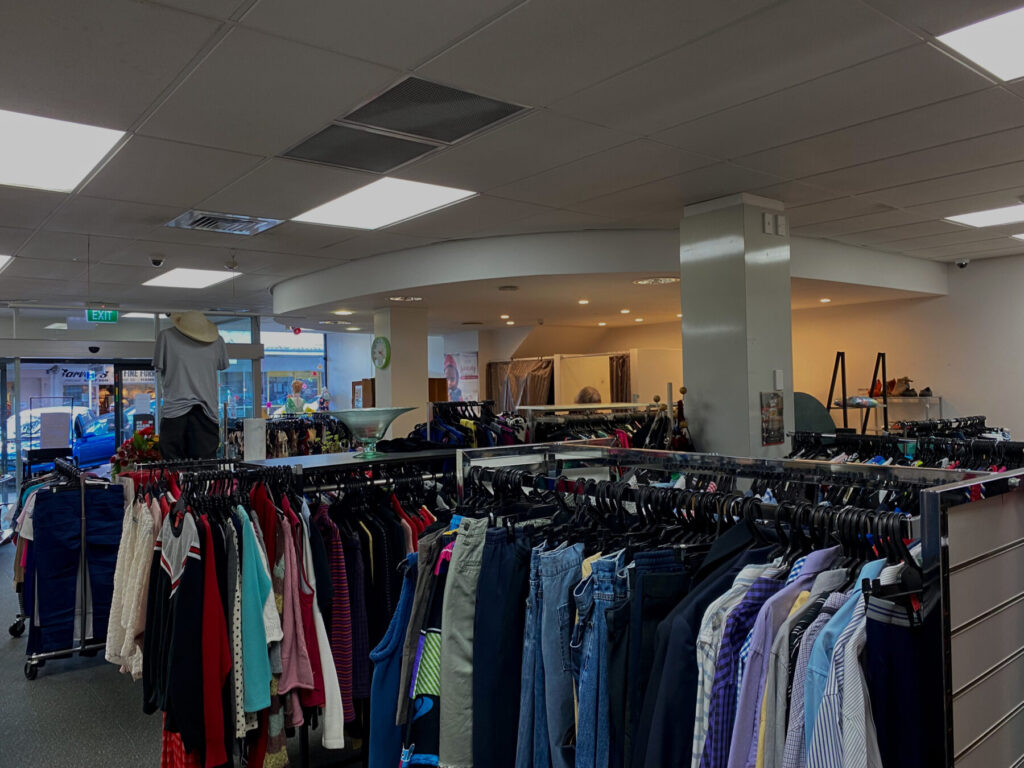Thrifted opportunities in Orphan’s Aid
What goes on behind the scenes of op-shops?
We talk to manager of Orphan’s Aid in Hamilton, Martine O’Callaghan to find out more.
On a small side street in Frankton, a humble op-shop known as Orphan’s Aid is a hidden gem with plenty of thrifted finds. The rise in the trend of op-shopping has brought a light upon this store and made it a valued shopping destination.
Manager Martine O’Callaghan talks about her experience working at the store since it opened four years ago and how rewarding it has been.
“I wanted to be in a position where I was able to help other people.”

Martine says the op-shopping community has grown over time and that there really is something for everyone. With a small charity like Orphan’s Aid, work done there can go unrecognised, but with newer trends showing how convenient op-shopping can be, it has become much more popular and gained a larger crowd.
The Orphans Aid op-shop was created to provide the community with a sense of comfort around their buying habits with low prices and a ‘give-back’ to the charity, but the fashion cycle tends to regurgitate items into the donated stream that have an opposite effect due to waste.
Martine discusses how the fast fashion industry is affecting their store, “We see lots of things that come in that have never been used with the tag still on, it’s really hard to see all that wastage.” Even though those items are helpful to customers, it shows an issue with the circulation of items we tend to waste. Websites like Idealog discuss this matter further, even saying that fast fashion is ‘ruining op-shops’

Recently, the value of vintage items have skyrocketed and people are rummaging through stores like Orphan’s Aid to source collector’s items, vintage clothing or finding objects to resell at a higher price. Some may believe this as inappropriate but Martine disagrees , “Those people are going to get more money for whatever it is that they’re buying off us, but in the end, we’ve got the money that we want.”

Orphan’s Aid imparts hope on two parties; reasonably priced material items to the customers and charity and donations for the more vulnerable people in the world. A huge range of people shop at thrift stores and the stigma based on second hand clothing has been forgotten.
O’Callaghan knows that whatever input is donated to the charity, whether that be buying the clothes or volunteering, the hard work and dedication put into the store is shown through these acts.




